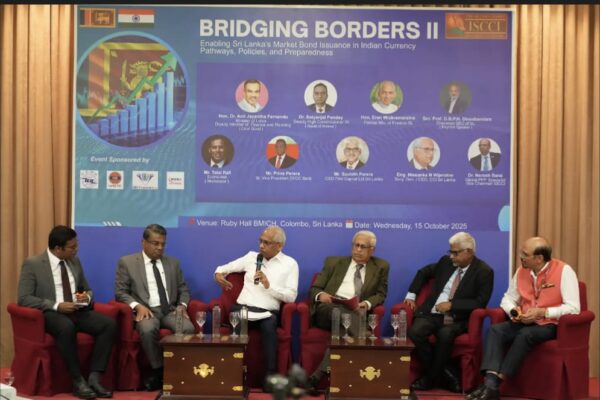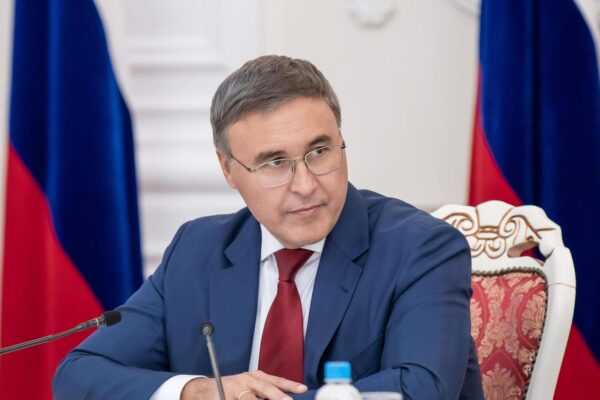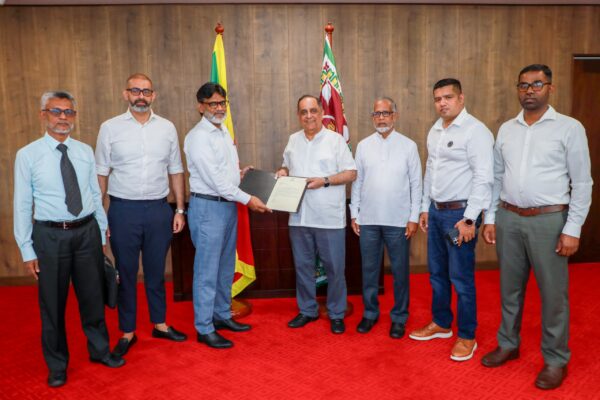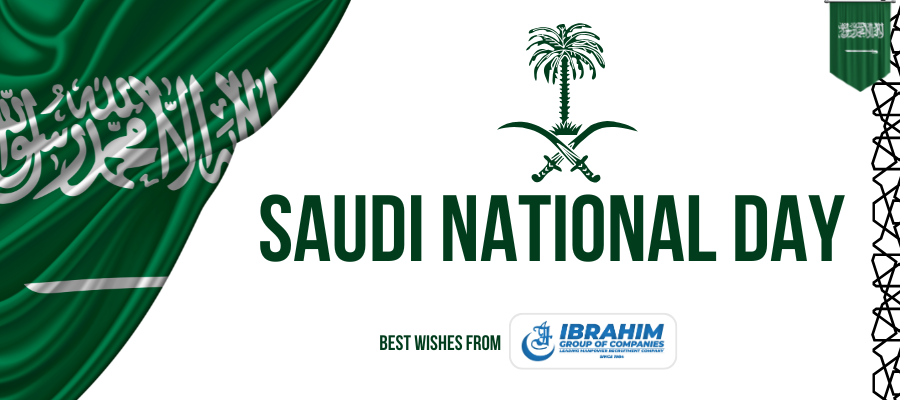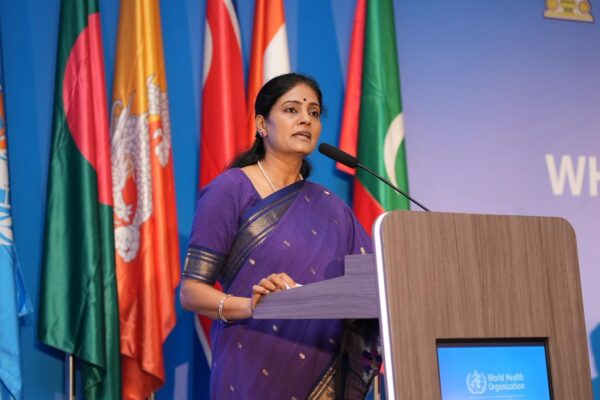ECONOMYNEXT
COLOMBO – Sri Lanka’s ACL Cables Plc is finding it difficult to import raw materials from abroad because banks were rationing foreign exchange, customers were told amid the worst money printing in the country’s central bank history.
“Due to the current shortage of foreign currency at the banks, we are finding it difficult to source adequate quantities of raw materials from overseas supplies,” the firm said in a letter addressed to ‘valued stakeholders’.
The forex rationing by banks “will result in a short supply of materials very soon and we see signs of shortage since stock raw materials are hardly sufficient to meet the demand in the next two month,” the firms said.
Sri Lanka’s central bank ratcheted up money printing from around February 2020, under the current administration’s Saubhagya framework driving the rupee down from 182 to the US dollar to 230 in the over-the-counter market.
The central bank outdid the money printing from 2015 to 2018, which were carried out mainly through overnight injections, term repo injections and outright purchases of bonds outside auctions to target the call money rate or an output gap (growth).
The current administration shirted to full ‘stimulus’ mode resorting to wholesale purchases of bonds, implementing a Zimbabwe style re-finance credit program and crippling auctions with price controls.
Newly appointed central bank Governor Nivard Cabraal has scrapped the price controls and fingers are crossed that the bond markets will begin to operate in the next two weeks.
However the foreign exchange market is still under severe controls with no interbank spot trading to establish a price and an exchange rate peg of 203 decreed without monetary policy to back it up, leading to the breakdown of the credibility of the peg.
In an OTC market the US dollar is trading around 230 or higher with off-market settlements being made among friendly parties who use personal relationships to beg for dollars from exporters.
Amid money printing and forex shortages Sri Lanka’s main price control agency, the Consumer Affairs Authority has been creating shortages by slapping price controls. There is also an Argentina style ‘care prices’ program with a state-run retail network.
Sri Lanka’s central bank was set up by a US money doctor in the style of several in Latin America, modeled on Raoul Prebisch’s Banco Central de la República Argentina.
Many of the central bank’s set up by the Federal Reserve’s Latin America unit has collapsed and dollarized. Sri Lanka and Dominican Republic are among few that survived.





